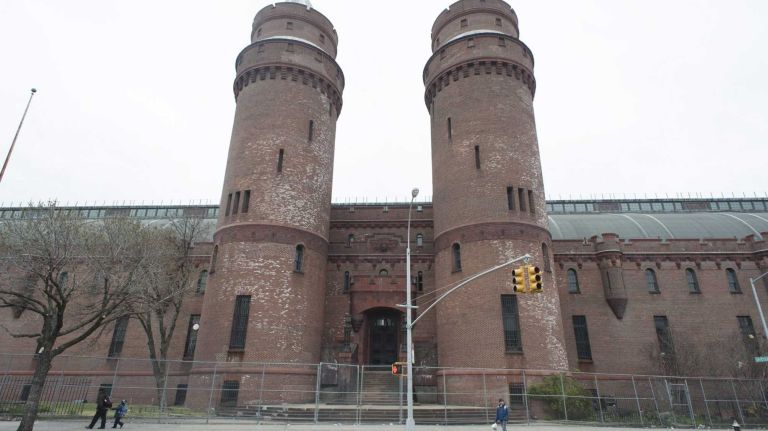
Melle Mel along with the Furious Five stood on a darkened stage. The MC took a quick hit of a joint and burst into “It’s Nasty (Genius Of Love).”
The year was 1984 and the venue for the Bronx-born artists was a small university theater in Norwich, England. It was my first taste of live, authentic American hip-hop. As far as I was concerned, Grandmaster Mel and his cohorts were global superstars and probably multi-millionaires.
It was only when I became a music journalist years later and visited many of the hole-in-the-wall record labels in the Village and the Garment District that signed my hip-hop heroes and saw where some of them lived that my illusions were shattered. Unlike the hip-hop oligarchs of today — Jay-Z, Kanye and the like — the hardscrabble upbringings of rap’s pioneers were matched only by their hardscrabble careers.
That’s why when I learned of plans for a Universal Hip-Hop Museum in the Bronx’s Kingsbridge Armory (not to be confused with the National Museum of Hip-Hop intended for Harlem), I couldn’t help but smile. For my teenage self, it would enshrine those fledgling years of primitive samples born on gritty ghetto streets with the glossy veneer I mistakenly always thought it had.
If run correctly, a Bronx hip-hop museum would be a big draw for middle-class foreigners enamored with romantic notions about the old school. More important, it will hopefully provide a source of income for some of the pioneers and the Bronx neighborhoods in which the genre was born — though the proposed museum will be in the North Bronx as opposed to the South where most of the early rappers and DJ’s were raised.
Hip-hop, for many out-of-towners whose childhoods were spent listening to BDP, Run DMC and Big Daddy Kane, is part of New York’s DNA. While an advisory panel sets about raising funds for the museum, I can imagine busloads of European and Japanese tourists making the pilgrimage to check it out.
The museum could be a vital step in the rebranding of a gentrifying Bronx, not with exposed brick walled cafés, granite-countered condos or national box-chain stores, but by celebrating the borough’s colorful past.
Jeff Vasishta lives in Crown Heights.


















